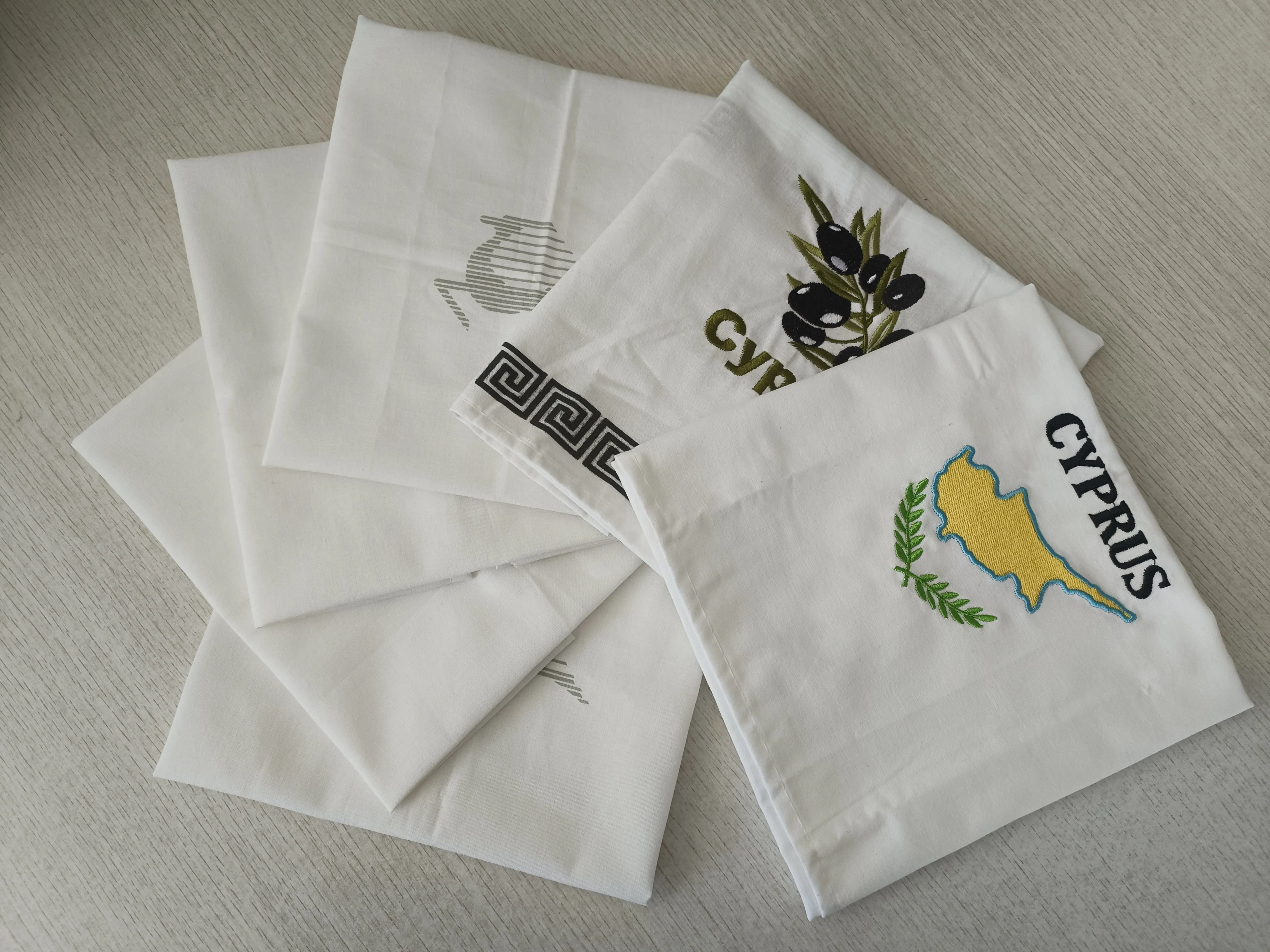baby nappies company
The Evolution of Baby Nappies A Comprehensive Overview of the Industry
In the journey of parenthood, the introduction of baby nappies has been revolutionary, providing parents with convenience and babies with comfort. The baby nappy company landscape has evolved significantly over the years, driven by advancements in technology, changing consumer preferences, and increasing awareness of environmental issues. This article delves into the history, innovations, and future trends of the baby nappy industry.
A Historical Perspective
The concept of “nappy,” or diaper as it is known in some parts of the world, dates back centuries. Historically, parents used cloth, animal skins, and other absorbent materials to keep their babies dry. The commercialization of disposable nappies began in the mid-20th century, with brands like Pampers leading the charge. Introduced in 1961, Pampers revolutionized baby care with a product that was easy to use, efficiently absorbent, and hygienic. This marked the beginning of a new era for parents, as disposable nappies quickly gained popularity due to their convenience.
Innovations and Advancements
Over the years, the baby nappy industry has witnessed remarkable innovations. The materials used in nappies have changed dramatically since their inception. Today’s disposable nappies are crafted from advanced polymers and super absorbent materials that can hold significant moisture while remaining lightweight. Furthermore, the introduction of features such as wetness indicators, breathable outer layers, and stretchy sides has enhanced comfort and usability.
In response to the increasing demand for eco-friendly products, many companies have begun to focus on sustainable materials. Biodegradable nappies, made from natural fibers and plant-based materials, are now available as parents become more aware of their environmental footprint. Brands like Eco by Naty and Bambo Nature are leading the movement towards greener alternatives, allowing parents to make conscientious choices for their children and the planet.
The Rise of Market Diversity
The baby nappy market has seen the emergence of diverse brands catering to varied consumer needs. While established companies such as Procter & Gamble (Pampers) and Kimberly-Clark (Huggies) dominate the market, niche brands are gaining traction. These companies often prioritize organic materials, hypoallergenic products, and targeted marketing to specific demographics, such as parents of children with sensitive skin.
baby nappies company

Moreover, the rise of online shopping has transformed the way parents purchase nappies. Subscription services have become increasingly popular, offering convenience and a cost-effective solution for busy families. Parents can now receive regular shipments of their preferred brands, ensuring they never run out of essential supplies.
Challenges in the Industry
Despite the advancements and diversity in the baby nappy industry, challenges remain. The environmental impact of single-use nappies is a significant concern. Estimates suggest that billions of disposable nappies are sent to landfills each year, contributing to pollution and waste. In response, many companies are investing in research and development to create more sustainable products. Additionally, public awareness campaigns are being initiated to educate consumers about the ecological effects of traditional nappies and the alternatives available.
Another challenge is the competition among brands, which leads to aggressive marketing strategies. Parents are often inundated with information and promotions, making it difficult to make informed choices. Companies that focus on transparency, quality, and eco-friendliness stand to gain a competitive edge in such a saturated market.
Looking Towards the Future
The future of the baby nappy industry is bright, with several trends on the horizon. The demand for sustainable and biodegradable options is expected to grow as consumer consciousness regarding environmental issues increases. Technological advancements will likely continue to play a crucial role, resulting in even more innovative designs that prioritize comfort and practicality.
Furthermore, as the health and wellness trend expands, we can anticipate a rise in products specifically formulated for babies with skin sensitivities. Brands committed to hypoallergenic and chemical-free ingredients will likely thrive as parents seek safer options for their little ones.
In conclusion, the baby nappy industry is poised for exciting developments as it adapts to changing consumer preferences and societal needs. From the initial cloth materials to today’s high-tech and eco-friendly options, the evolution of baby nappies reflects a commitment to improving the lives of parents and their children. As the industry progresses, we can expect continued innovation and responsiveness to environmental concerns, solidifying the position of baby nappy companies as essential players in the parenting landscape.
-
Hotel Textiles: The Backbone of Luxurious HospitalityNewsJul.15,2025
-
Exploring the World of Home Fashion TextilesNewsJul.15,2025
-
Bedding Textiles: The Perfect Blend of Comfort and StyleNewsJul.15,2025
-
Baby Accessories for Newborns: Essential Items for Your Little OneNewsJul.15,2025
-
Airplane Comfort Accessories: Enhance Your Travel ExperienceNewsJul.15,2025
-
Air Travel Blanket: The Ultimate Comfort for Your JourneyNewsJul.15,2025
- Product Categories
- • Hospital Used Fire Retardant Bedding
- • Hotel Textiles
- • Airline Textiles
- • Hometextiles
- • Infant Cloth
- Quick Links
- • Home
- • Products
- • About us
- • News
- • Contact
- Contact Us
-
Tel: +8631187701449
-
Fax: +86 311 8770 1444
-
E-mail: sale@hometex-suntex.com




